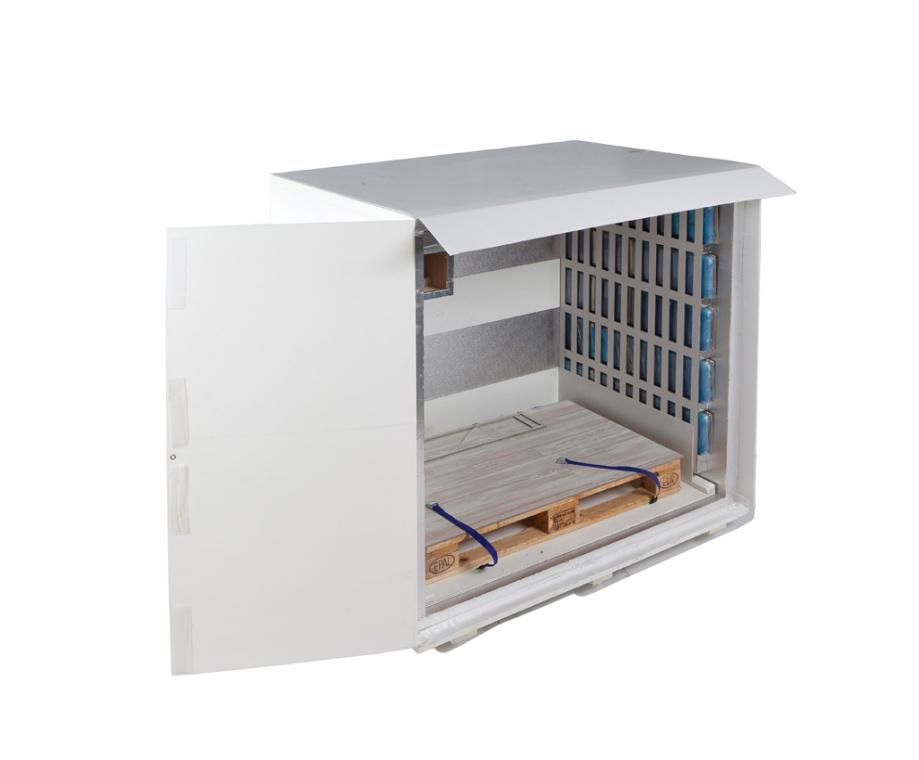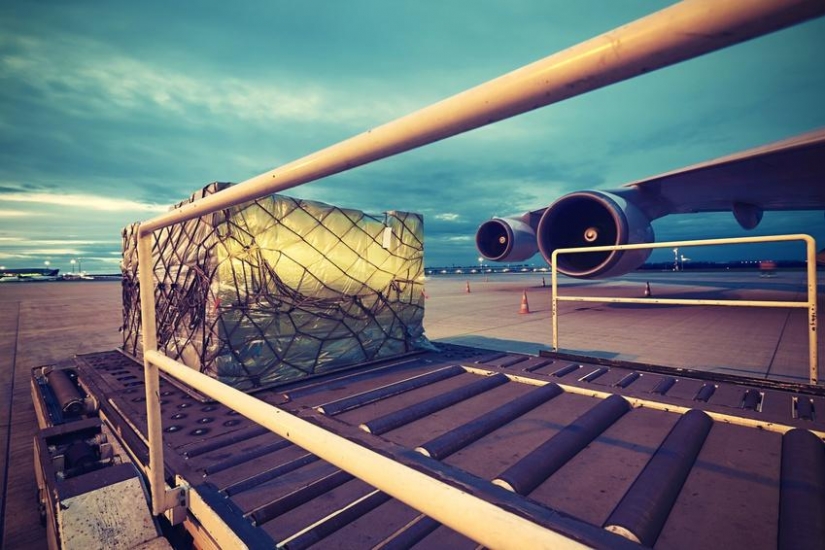Transportation of medicines by air
Maintain the integrity of the cold chain despite the significant constraints
Never break the cold chain of sensitive medicines, this is the primary constraint when transporting medicines. This involves keeping the product at a constant temperature throughout transportation, which includes the storage stages and various transfers. Air cargo can be a real challenge and the biggest obstacles are transit.
Whatever the logistical circuit, the packaging solution will pass through both open and closed segments. As such, it is subjected to temperature fluctuations which can be significant. For example, the package will pass over the airport tarmac (open segment) and be subjected to a temperature of more than +30°C then transit through customs (closed segment) where the temperature is +20°C to then be stored in a temperature-controlled area at +5°C. The wide range of temperatures encountered in this circuit requires a reliable method for storing heat-sensitive products within the required temperature range.
Optimize the air transportation costs of medicines: some tips
Although air cargo has the advantage of being a fast means of transport and today perfectly adapted to shipments via the cold chain, it is a costly and environmentally unfriendly mode of transport.
Here are a few tricks to help reduce air transportation costs of heat-sensitive medicines and minimize your carbon footprint at the same time, while ensuring perfect control of the cold chain:
- First, clearly define your actual needs according to your logistical circuit to avoid using a solution with a greater efficiency than your actual needs. The solution will be more expensive to purchase, loaded with more eutectic plates and as such heavier and offer a smaller payload.
- Maximize the loading rate of the insulated packaging solution to transport more medicines in one shipment.
- Aim to choose a packaging solution which offers a very good external size ratio/payload (an efficient packaging solution is not overloaded with eutectic plates).
- Check if the packaging solution has internal fixtures to facilitate loading and therefore save time.
- Use an insulated packaging solution adapted to the size of cargo platforms for shipments of large volumes of medicines.
- Lastly, for complex logistical circuits or specific requirements, consider the possibility of designing a customized packaging solution. You will then have a packaging solution optimized for your shipments and perfectly adapted to your constraints.
“Initial” pallet shipper: a packaging solution designed for air cargo

Pallet Shipper: refrigerated container designed for air cargo
The Pallet Shipper was created by Sofrigam 15 years ago to respond to the needs of transportation via the cold chain for one of the leaders of the pharmaceutical sector. It quickly emerged as a packaging beacon for transporting heat-sensitive medicines by plane.
This is a completely autonomous packaging solution which stores fresh pharmaceutical products (+2/+8°C), at a controlled room temperature (+15/+25°C) or frozen (-18°C). With an internal volume of more than 1 900 litres, the container can directly accommodate a European or US pallet. The pallet shipper is then loaded in one go: saving a tremendous amount of time on loading! The internal configurations have been examined to facilitate the loading of eutectic plates and allow an even temperature within the packaging solution.
Lastly, its XXL size is perfectly optimized: the pallet shipper occupies a quarter of an air cargo platform, in such a way as to use all the space available for shipping your products.
Your load remains at a constant temperature for up to 120 hours, with no risk of breaking the cold chain.
The challenges of transporting heat-sensitive medicines by plane are significant. Nevertheless, good management of the cold chain and the correct choice of insulated packaging solution will help to control and optimize specific aspects.
